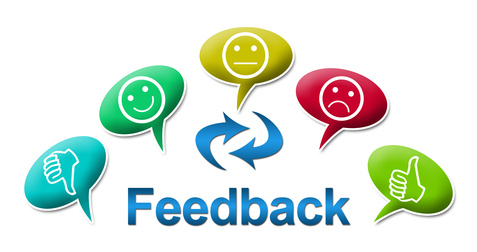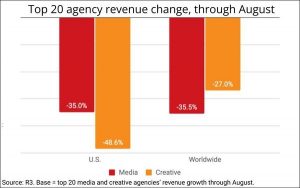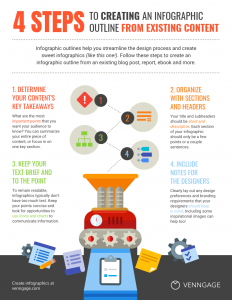
In his article for Forbes, Jonathan Salem Baskin points out that most crisis do not erupt overnight:
Contrary to the notion that reputations can be ruined in an instant, most crises are months or years in the making
In most cases the company had been aware of the issues for some time, says Baskin. And he says that you probably already know why your brand might be the subject of the reputation crisis in the future.
I totally agree.
Reputation is made up of many things – how your stakeholders perceive you, your brand, your products, your executives and employees and your actions. To a large degree it’s a measure of trust. Back in the 1980s Jan Carlzon of Scandinavian Airlines coined the phrase “A Moment of Truth” referring to any interaction a member of the public has with your brand. It can be someone driving down the road and being cut off by one of your trucks. It can be an untrained receptionist ignoring someone looking for information. Every interaction affects your image and your reputation.
The Online Reputation Explosion
Prior to the Internet when a member of the public had a negative experience with a company they would, on average, tell 13 people. Now the consumer has a voice and online reviews are the norm. If the idea of telling 13 people made marketers uneasy back in the day, the current stats should prompt them to take action to protect the reputation of the brand:
- Almost 8 in 10 American adults read online consumer reviews for product and services before making a purchase, with this figure relatively constant across generations, according to a survey from YouGov.
- 79% of people trust an online review as much as a personal recommendation.
- Consumers are forming opinions faster now than they were 12 to 24 months ago. They need to read fewer reviews before they feel able to form an opinion about a business and decide whether or not it’s trustworthy, according to another study from BrightLocal.
- 73% of consumers say positive customer reviews make them trust a business more (up from 58% in 2012)
The Reputation Feedback Loop
- Find out what is being said online about your brand, your employees and your executives. If you don’t already have a robust monitoring system in place this should be your first action.
- Listen to what’s being said and analyze the data. This is how you will get the first clues to a crisis that might be bubbling under the surface. If you can identify it early and act promptly it is possible to avert a full blown online crisis.
- Connect with your customers and other stakeholders online. Figure out where they’re active on social media.
- Be proactive. Every time a customer comes into your establishment reach out to them and ask for feedback on that visit. Ask them to rate your business and the employees they dealt with.
- Use a system that automates this process, so that it is not too time-consuming. Choose a system that’s easy for you to administer and make it quick and easy for the customer to rate and review you. It must be mobile-responsive.
- Use the negative feedback to improve any issues with the business, your product or your employees.
- Encourage any customer who gives you a 4 or 5 star rating to post it online, so you can build that trust factor.
Trust
According to the 2014 Edelman Trust Barometer, privately-owned, small to medium-sized businesses have the edge when it comes to trust. They’re seen as more entrepreneurial, innovative and more responsive to customers’ needs. Take advantage of this perception in 2015 and become even more connected and responsive – put the feedback loop in place and use it to innovate and improve, based on your customers’ comments.
Keep in mind that since 2009 there has been a sharp rise in trust for “a person just like me’ and ‘a regular employee” rather than the CEO or other executives of the business.
Keep your customers connected with the people in your organization that they can relate to. Listen to what they say and take action. Always be accessible and connected. Get negative feedback immediately and deal with it before it becomes a rant online. Always thank your customers for their feedback and use it to build a better business in 2015.
Digital & Social Articles on Business 2 Community
(415)






